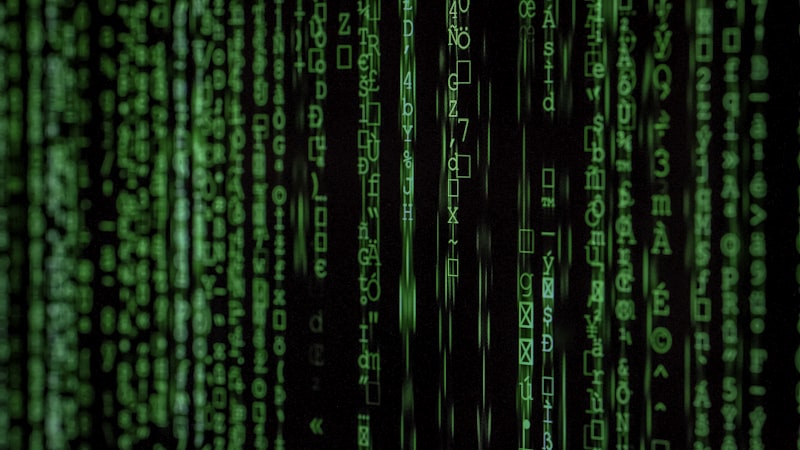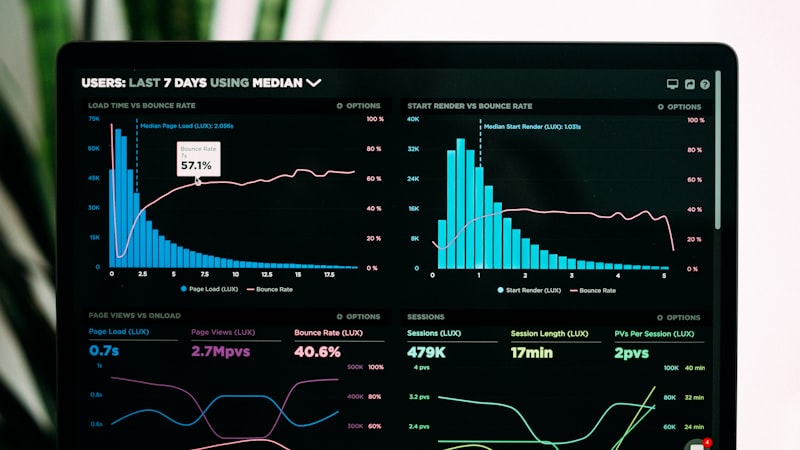
Understanding the Legal Entity Identifier (LEI)
A Legal Entity Identifier (LEI) is a 20-character alphanumeric code that uniquely identifies legal entities participating in financial transactions globally. The LEI is a global standard, designed to be non-proprietary data that is freely accessible to all.

The LEI was developed in response to the financial crisis of 2008, where it became clear that financial institutions and regulators needed a better way to identify entities across different countries and markets. The Financial Stability Board (FSB) and the G20 endorsed the framework in 2012, and the Global LEI Foundation (GLEIF) was established to support the implementation and use of the LEI.
The Structure of an LEI Code
The 20-character LEI code follows a specific structure:
- Characters 1-4: A prefix allocated by GLEIF
- Characters 5-18: Entity-specific part assigned by the Local Operating Unit (LOU)
- Characters 19-20: Checksum digits
For example, an LEI might look like: 5493001KHIZQ8L09PL02
Did You Know?
The LEI system is managed by the Global Legal Entity Identifier Foundation (GLEIF), a not-for-profit organization established by the Financial Stability Board in June 2014.
Why LEIs Matter
LEIs serve several important purposes in the global financial ecosystem:
- Transparency: They provide clear identification of entities participating in financial transactions.
- Risk Management: They help financial institutions assess their exposure to various entities.
- Regulatory Compliance: Many regulations now require LEIs for reporting and compliance purposes.
- Market Efficiency: They streamline processes by eliminating the need for multiple identifiers across different systems.

Who Needs an LEI?
Any legal entity that engages in financial transactions may need an LEI, especially if they:
- Trade in securities markets
- Operate internationally
- Are subject to financial regulations like MiFID II, EMIR, or Dodd-Frank
- Participate in derivatives markets
- Need to report to financial regulators
"The LEI is a global public good enabling unique legal entity identification worldwide." — Global Legal Entity Identifier Foundation (GLEIF)
LEIs are becoming increasingly important as more regulators around the world require them for various reporting and compliance purposes.
